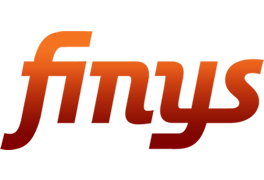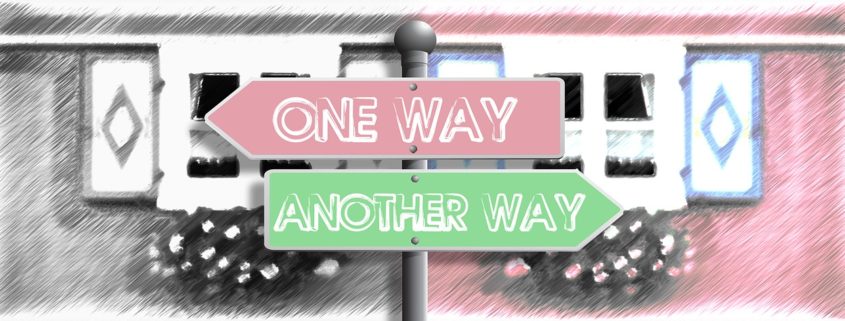Options Are No Longer Optional
Are system configurations and product development sciences or arts? Depending on your perspective, they could be either or both. We’re not sure. But we are sure your technology should afford you the right to choose. Here’s our perspective:
Y2K was almost 20 years ago. What’s that got to do with anything? Much. The myriad computer-scientific achievements of Y2K’s post-compliance period defined the sub-industry we now know as insurance technology. And insurance technology’s come a long way in a short time.
A Brief Look Back
The last few years of the ’90s saw insurers catching wind of business potential for the Internet. Few had appropriate strategies. Fewer still began to develop them. But once they caught on, since the ‘Net accommodated systems that could handle high volumes of data, many insurers did precisely what you’d expect: They began tweaking their mainframes to make them accessible — and able to transmit data and transactions — via the ‘Net.
Fitting their mainframes with Web-based front ends, marketers and programmers joined forces to create things with big names like enterprise resource planning systems (ERP). With Y2K looming, mainframe-to-Web connection programs then bred other terms like knowledge mining and data mining to make us think we were doing something more significant than getting out what we’d put in. Then came the realization that we could say the trusty old mainframe provided security, large amounts of storage, and the capability of handling large numbers of sophisticated transactions.
But the mainframe’s days were numbered. Out of the increasingly limited procedural languages of COBOL, ForTran, DB2, and others came the lexicon of declarative query languages like SQL, JavaScript, and the programming equivalent of Esperanto — XML — that permitted greater functional literacy. And even those terms already sound ancient.
A Long Look Ahead
The late science-fiction writer, Arthur C. Clarke, wrote: “Any sufficiently advanced technology is indistinguishable from magic.” We’re not sure insurance technology has advanced to that point just yet. But with its combination of computer science and artistic configurability, it’s getting close.
No longer the exclusive domain of IT people, we’re rapidly approaching the point at which any BA in any insurance company will have the option to install and configure software — which will provide the option to develop and configure products and lines of business.
The options might not be magical. But they’re plentiful. And they’re no longer optional.



Leave a Reply
Want to join the discussion?Feel free to contribute!